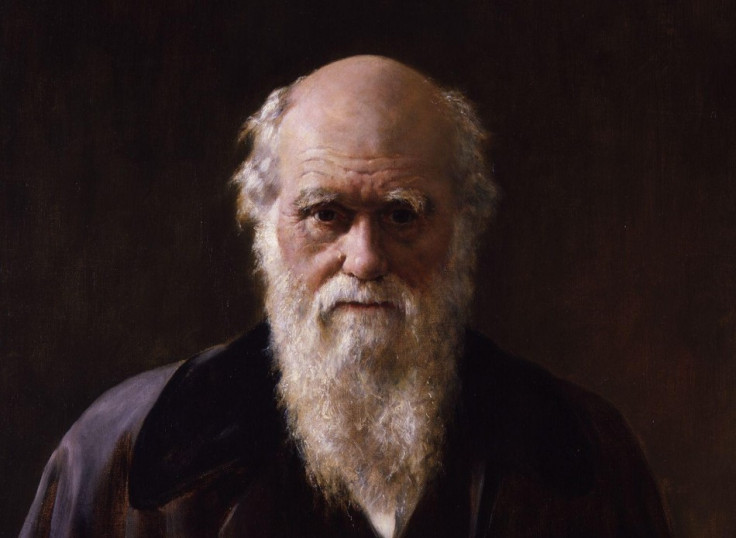Darwin's Dilemma: Evolutionary 'Big Bang' Does not Contradict Theory of Evolution
Burst of animal life 520 million years ago caused by major changes to arthropod bodies

Darwin's dilemma, in which the sudden appearance of a host of modern animal groups 520 million years ago seems to undermine his theory of evolution, has been explained by scientists.
Research published in the journal Current Biology shows that evolution's "Big Bang" during the Cambrian period between 540 and 520 million years ago can be explained scientifically and fits in with Darwin's theory of natural selection, scientists have said.
During this era, there was a sudden appearance of a host of groups of advanced animals.
"This simultaneous burst of life, with few or no precursors, had seemed at odds with Darwin's idea of gradual evolution through natural selection," said Mike Lee from the University of Adelaide.
"However, our results show that moderately accelerated evolution, sustained over a few tens of millions of years, could have produced this pattern. A fivefold increase in rates of evolution would compress about 100 million years' worth of change into about 20 million years-a relatively brief period in geological terms."
Researchers studied arthropods for the study, a group of animals including insects, spiders and crustaceans that currently account for over 80% of all animal species.
Arthropods were the most diverse and successful animals during the Cambrian explosion.
"If we are interested in major patterns in animal evolution, arthropods are the key group to study," Lee said.

The researchers looked at the anatomical and genetic differences between living arthropods to establish past rates of evolution. They found animals evolved between four and five times faster during the Cambrian period as they do now.
Lee said this is a result of major bodily changes, including vision and active swimming, which opened up a huge range of avenues for arthropod evolution. During this time, exoskeletons, jointed legs and multi-faceted eyes all evolved, as well as the first appearance of the antenna and biting jaws.
A similar surge in evolution is seen when animals colonise new environments, Lee said. "When a lineage acquires a novel adaptation, they often undergo a burst of evolution, to fill up a newly opened range of environments and niches."
He concluded: "The abrupt appearance of dozens of animal groups during this time is arguably the most important evolutionary event after the origin of life.
"These seemingly impossibly fast rates of evolution implied by this Cambrian explosion have long been exploited by opponents of evolution. Darwin himself famously considered that this was at odds with the normal evolutionary processes.
"However, because of the notorious imperfection of the ancient fossil record, no-one has been able to accurately measure rates of evolution during this critical interval, often called evolution's Big Bang.
"In this study we've estimated that rates of both morphological and genetic evolution during the Cambrian explosion were five times faster than today - quite rapid, but perfectly consistent with Darwin's theory of evolution."
© Copyright IBTimes 2025. All rights reserved.




















